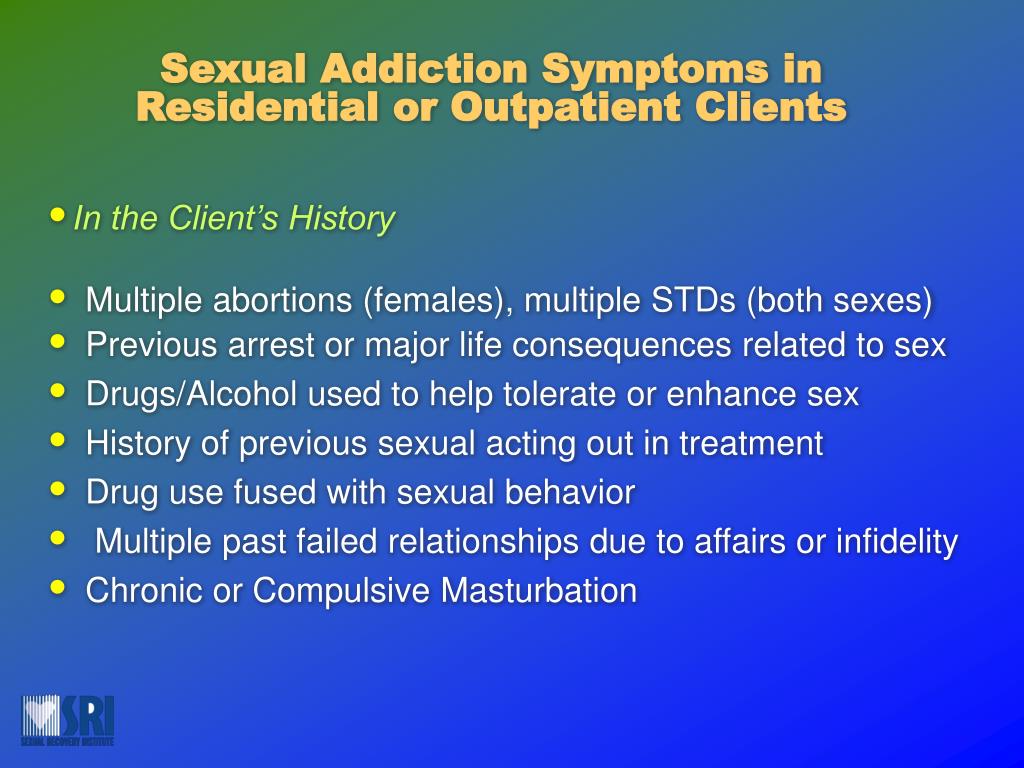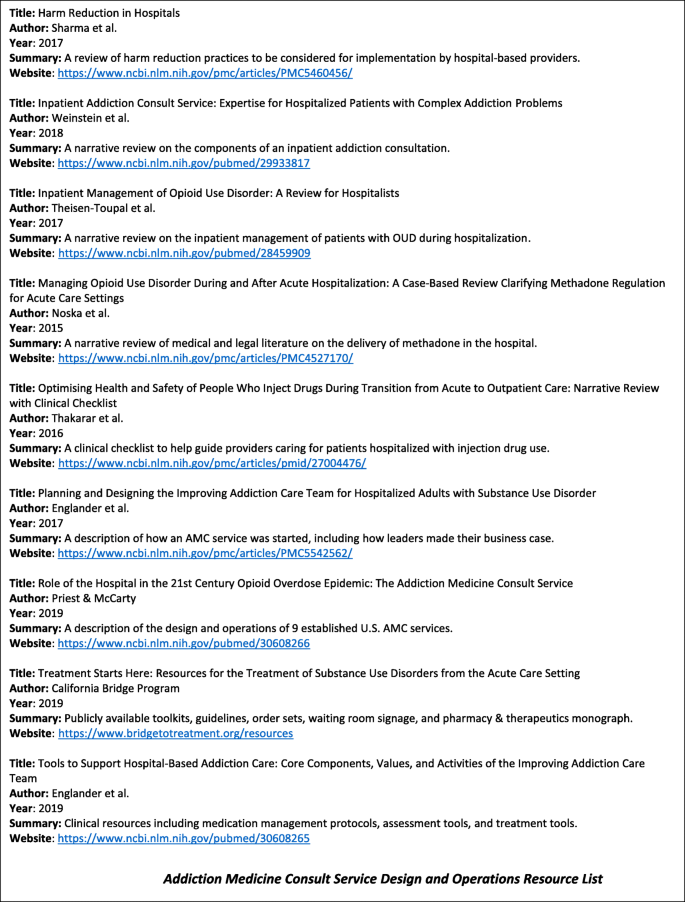The therapist can point out that the body operates relatively effectively to rid itself of moderate amounts of psychedelic compounds. However, extreme usage can harm organs and their communicating functions to the point of contributing to significant health issue, including cardiac and lung impacts, weight management troubles, and neurological and psychological conditions, to call a couple of.

Again, the client's analysis of this tradeoff may vary thoroughly from the therapist's, so the therapist steps in most successfully when equipped with both an open mind and the capability to assert clear, precise info. Likewise, because clients are quite diverse in their opinions and analyses of the dangers and advantages of substance usage in light of psychoeducation Drug Rehab Facility about drug results, the therapist stays mindful and responsive to the specific customer's perspective and cultural standards (why is methadone used as a treatment for heroin addiction?).
Even when the customer acknowledges the dangerous nature of compound use, the client for whom substance use concerns have actually emerged in treatment likewise generally reveals some dream to continuing usage to acquire the benefits despite the dangers, even substantial ones. A psychoeducational position permits the therapist to stay more neutral while still triggering assessment of different angles on the topic.
The human body has natural systems for getting reward and reducing damage from interactions with the environment, consisting of the usage of exogenous psychedelic compounds. Together these 2 sets of biological functions reinforce the probability that a person will continue utilizing drugs or alcohol. The therapist generally wishes to interact that if changes induced in the body by drugs are maintained over a long time by repeated drug use, the capacity for harmful repercussions continues to increase.
However, the quick actions and blissful impacts of drugs with high addiction potential supply strong gratification that can eclipse the user's interests in non-drug activities and awareness of postponed costs of compound use. Outcomes like tolerance and withdrawal can stimulate the user to take part in more frequent administration of higher amounts of drugs.
Examine This Report on How To Shift The Consciousness Of Addiction Treatment In America
Therapists can help compound utilizing customers to recognize the characteristics of withdrawal, tolerance and dependence. Substance withdrawal. Regarding withdrawal, some customers may not be aware that particular signs they experience are attributable to the chemicals they are consuming. Therapists can help inform such clients to the signs generally related to the specific drugs the customer has used (or is interested in utilizing).
Other customers are acutely mindful of their compound withdrawal signs, but say they have actually found out to cope with them or do not believe there is much they can do about them. Still others think they are amusing, all simply part of an excellent night on the town. Whatever the customer's perspective, the therapist motivates the customer to elaborate, and then to consider possible interventions to address the client's own symptoms.

With regard to tolerance, the therapist notifies the customer that simply because the user's experience of a drug's results is reduced as tolerance develops, it does not imply the prospective or actual damage is minimized. In truth, while tolerance does not ensure issues, it might well increase the intensity of an addicting disorder, specifically in persons who are genetically, medically, or emotionally vulnerable.
Some clients who utilize compounds plainly take pride in their high tolerance for their drugs of option (which substitute drug is used in heroin addiction treatment programs?). Attempting to encourage a client this is ill-advised will most likely just raise resistance. But a psychoeducational intervention helps with equal consideration of different viewpoints on the exact same subject, including awareness of factors to feel casual or smug as well as reasons to be worried about customers' reported capabilities to manage themselves when intoxicated.
Dependency. Substance dependence, a term familiar to readers of the DSM-IV, was often corresponded with addiction, but the term "Compound Reliance" was removed from the DSM-5, in efforts to improve detect and streamline its description. The DSM-5 still describes "Substance-related and addictive disorders" in the basic heading for the whole diagnostic category, while the severity of the condition is now described in terms of the variety of symptoms reported or showed by the client.
The Ultimate Guide To Why Aren't Addiction Treatment Centers Federally Regulated
To start with there is excellent confusion in the basic public, the media, and even among researchers and experts about how to differentiate chemical addiction from typical, unproblematic substance usage. Terms, descriptions, and ramifications vary extensively across persons utilizing them. The therapist designs flexibility through determination to freely acknowledge numerous, even conflicting viewpoints as they emerge.
Second, many substance users fear or resent the label of dependency, and may have little dream to talk about or find out about it. An advantage of a psychoeducational method is the capability to present product in an abstract or eliminated style, even with an explicit declaration that the details might or may not be pertinent to the customer.
Customers may provide remarks about their own circumstances in reaction to learning generalized material, or they may absorb info the therapist shares without verbalizing an action. The attentive therapist watches and listens for the customer's nonverbal along with spoken responses to psychoeducational material. A facial expression, a change in body posture, or a wordless sigh or groan each acts as hints for the therapist to invite remark. Therapists can provide methods and clarify treatments by which clients can actively take part in deliberate change procedures. Clients frequently gain from a therapist's guidance relating to recognition and weighing of choices, selection from among choices, and execution of new techniques through regular practice. Especially given that many individuals who fulfill requirements for compound use conditions have actually over-learned expectations of immediate satisfaction, therapists also require to emphasize persistence with the gradual, approximate nature of modification.
A therapist can strengthen the client's commitment to choices to avoid regression by generating alternative point of views and strategies to promote much healthier coping activities. After clarifying prospective barriers to treatment objectives, the customer and therapist expand the regression prevention strategy by specifying new ways of thinking of problems and issues, brand-new approaches for managing difficult feelings and disruptive habits, and new ways for the customer to inhabit time.
Engaging clients in brand-new pastime and assisting them establish occupational choices is essential in preparing to avoid regression. Rewarding abstinence from substance use, both overall and partial, and also reinforcing options to consumption of drugs or alcohol are empirically supported methods for increasing motivation for modification (Miller, 2006). Typical consider effective treatments include improving a client's behavioral control abilities and changing reinforcement contingencies to incentivize abstaining (Carroll and Roundsaville, 2006).